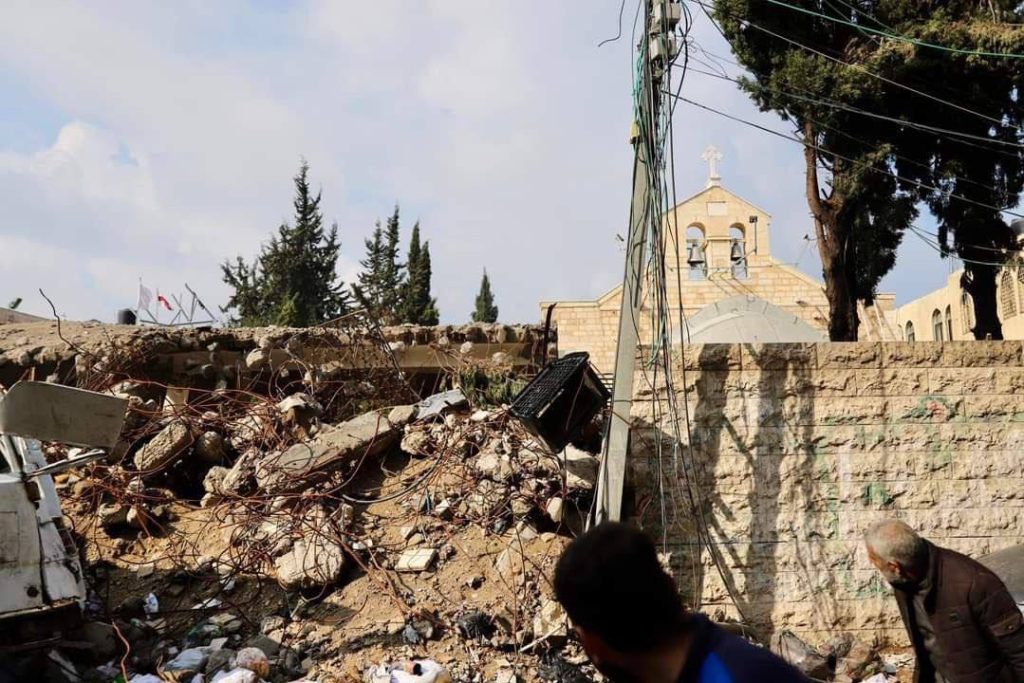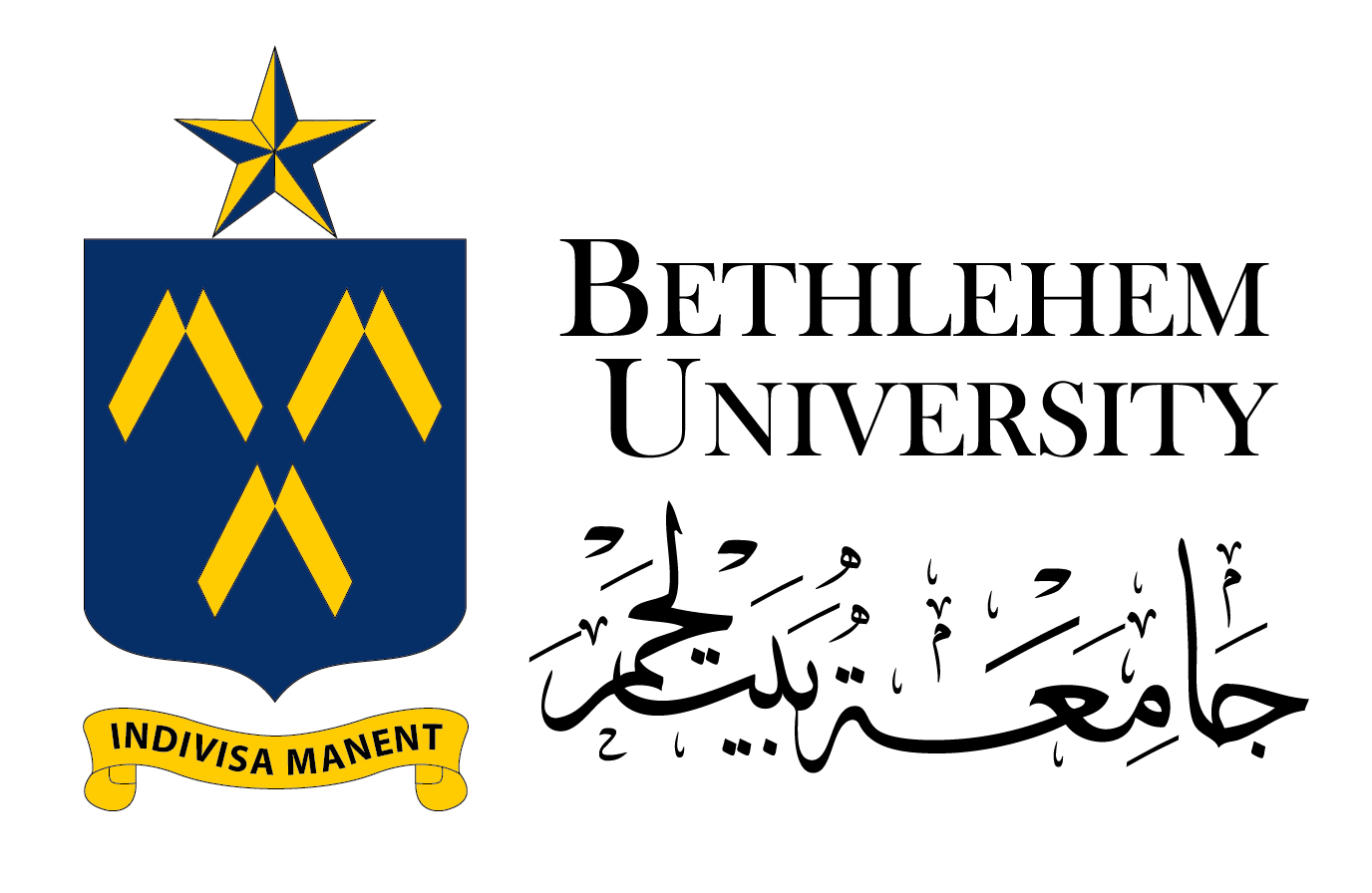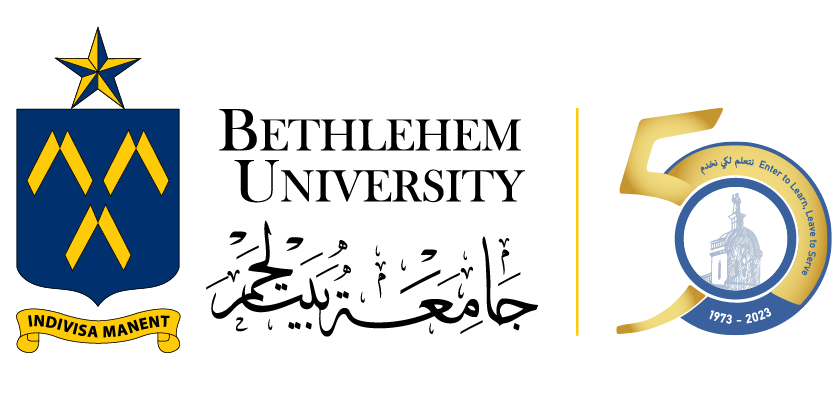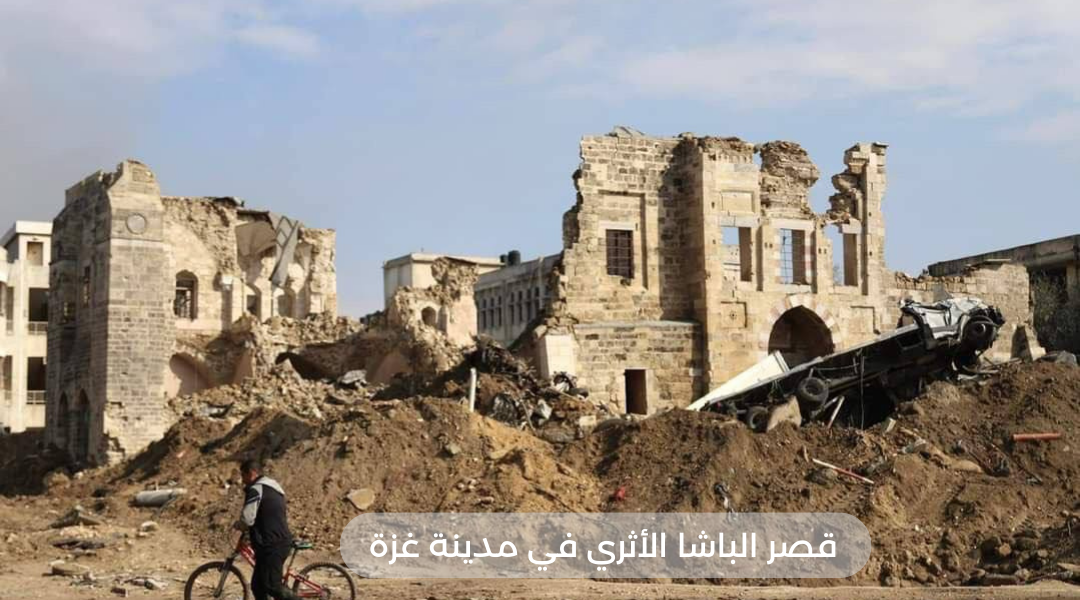Palestinian Archaeology and Cultural Heritage: Towards Preserving Our Heritage and Confronting Its Destruction
Location: Bethlehem University, 5 Freres Street, Bethlehem, Palestine
Conference date: October 9-10, 2024
The Second Bethlehem International Conference: Palestinian Cultural Heritage
The Second Bethlehem International Conference addresses the important topic of Palestinian cultural heritage. The call for this conference coincides with the continuous Zionist war on the Palestinians and their cultural heritage and the current events that will be engraved in the minds and consciences of all Palestinians. Palestinian cities and countryside, such as Gaza, Khan Yunis, Deir al-Balah…; Jerusalem, Bethlehem, Nablus, and Hebron in the West Bank, and in the Palestinian villages displaced since 1948 are subjected to destruction of this heritage. The Palestinians see their identity manifested in their cultural heritage accumulated over the ages, which for them preserves their narrative in this land.
The creative expression of human activity in Palestine began since man settled in ancient Palestinian sites. The archaeological record shows the accumulation of cultural material produced by the Palestinians in their ancient settlements. This cultural material has been an uninterrupted solid line of cultural continuity visible in modern and contemporary Palestinian urban and rural sites. The Palestinian cultural heritage includes tangible heritage: such as archaeological sites, historical cities, coins, pottery, costumes, sculptures, and traditional industries. It also includes the intangible heritage, such as customs, traditions, proverbs, popular dialects, to name a few.
The Second Bethlehem International Conference aims to shed light on the destruction and appropriation of the tangible and intangible Palestinian cultural heritage practiced by the Zionist establishment. For this purpose, the conference invites Palestinian governmental and private institutions, local, regional, and international institutions and scholars, as well as experts working in the Palestinian cultural heritage to submit research papers and studies, present the results of their work, or provide critical readings and reviews of these works. The conference themes are diverse which allow researchers to present contributions that address the different methodologies used in Palestinian cultural heritage studies and discuss their advantages and disadvantages.

Scientific Committee (in alphabetical order)
- Abdul Latif Abu Hashem/Director of the Department of Manuscripts and Antiquities, Ministry of the Waqf, Gaza
- Iman al-Saca/ Bethlehem University
- Jamil Khader / Bethlehem University
- Johnny Mansour/ independent researcher, Nazareth
- Hamdan Taha / independent researcher, and Coordinator of the History of Palestine Project, former Undersecretary of the Ministry of Tourism and Antiquities
- Issam Halayqa/ Birzeit University
- Issam Juha/Center for Cultural Heritage Preservation, Bethlehem.
- Omar Al-Ghul / Yarmouk University
- Omar Abed Rabo / Bethlehem University
- Mahmoud Hawari/ Professor (part-time) in the Master of Tourism program at Bethlehem University; Former Director General of the Palestinian Museum, curator at the British Museum in London, and former lecturer at Birzeit, Jerusalem and Oxford universities
- Mohammad Maraqten/Research Center Corpus Coranicum, Berlin-Brandenburg Academy of Sciences and Humanities
- Muntaser Jarrar/Director of the Palestinian Research Center of the PLO.
- Hanadi Younan / Bethlehem University
- Taher Labadi / Institut français du Proche Orient (Ifpo)
Conference Themes
- Palestinian cultural heritage under settler colonialism in Palestine, during the Zionist genocidal war in the Gaza Strip, and the displacement of Palestinian villages in 1948
- The Zionist genocidal war in Gaza against the Palestinian cultural heritage
- Colonial settlement and the destruction of the tangible and intangible cultural heritage in the West Bank and the displaced villages in 1948
- Settlement and appropriation of the Palestinian cultural heritage in Jerusalem
- Zionist attempts to obliterate the Palestinian cultural heritage – looting and destroying archives and obliterating culture after 1967
- Ethno-archaeological studies of the Palestinian cultural heritage
- Ethnoarchaeological studies in the Gaza Strip and the West Bank
- Ethnoarchaeological studies of displaced Palestinian villages in 1948
- Anthropology of traditional crafts in historical cities in Palestine
- New approaches in documenting, preserving, developing and managing Palestinian cultural heritage sites and institutions under occupation
- Challenges in managing World Heritage sites in the Gaza Strip and the West Bank
- New approaches in studying the tangible and the intangible Palestinian cultural heritage
- The role of museums in preserving Palestinian cultural and natural heritage
- The role of publications and archives in preserving and documenting Palestinian cultural heritage
- Using technology (digitization) and social media to preserve and to promote Palestinian cultural heritage
- Virtual museums, artificial intelligence – digital cultural diplomacy, development, promotion and collection
- The role of Palestinian and international institutions in preserving, developing and studying the Palestinian tangible and intangible cultural heritage
- The role of the Palestinian Ministry of Tourism and Antiquities in protecting, preserving and documenting Palestinian cultural heritage
- The role of UNESCO and international organizations in protecting, preserving and documenting Palestinian cultural heritage
- The role of municipalities, Palestinian civil heritage centers, universities and academic institutes in protecting, preserving and documenting Palestinian cultural heritage
- The role of Christian and Islamic endowments in preserving Palestinian cultural heritage
- The role of Palestinian civil society institutions and popular movements in preserving and raising awareness regarding cultural heritage
- Social responsibility of the private sector in supporting the preservation and development of cultural heritage
- Palestinian cultural heritage in educational curricula
- Teaching cultural heritage in Palestinian schools’ curricula
- Teaching cultural heritage in Palestinian universities
- Archeology and cultural heritage programs in Palestinian universities: hopes and expectations
- Cultural and natural heritage in the eastern and southern regions
- Palestinian cultural and natural heritage in the Gaza Strip and the Negev
- Cultural and natural heritage in the Jordan Valley and the eastern region of Palestine
- Palestinian oral history in the Jordan Valley, Gaza Strip, and the Negev
- Folklore (popular Palestinian songs, customs and traditions) in the Palestinian countryside
Important Notes
- The length of the presentation is 20 minutes plus 5 minutes for discussion.
- Abstracts will be reviewed by expert scientific committees.
- Selected papers from the conference will be published in a special issue of the Bethlehem University Journal after being anonymously reviewed and recommended revisions completed.
- Abstracts and complete research papers will be accepted if submitted by the announced deadlines.
- Inquiries related to the conference should be sent to the designated e-mail.
Conference languages
- Arabic
- English
Important dates
- Conference Date: 9-10 October, 2024
- Abstract submission date: 20 April, 2024
- Responses will be sent out: 2 May, 2024
- Completed research papers, after making the required revisions, are due: 1 August, 2024
- Announcement of the final program of the conference: 20 September 2024
Terms and conditions of participation
- To submit a paper or poster to the Bethlehem International Conference, candidates must send an abstract by email to: oabedrabo@bethlehem.edu
- The research must be original.
- The research should not be extracted from a dissertation or a master’s thesis.
- The abstract should include a clear title, research problem and results, and should not exceed 250 words.
- The author needs to provide his/her contact information, his/her institutional affiliation and his/her e-mail address clearly for communication purposes.
- In cases of research collaboration among different authors, the first author will be expected to present the paper.
- Each candidate or group may submit only one paper.
- Use Simplified Arabic font size 14 in Arabic papers and Times New Roman font size 12 in English papers.
- Final studies and papers should not exceed 7000 words, including full documentation, according to the format used in the discipline.
The conference activities will include a tour of the landmarks and cultural heritage sites in Bethlehem, and it will conclude its activities with a concert by one of the Palestinian heritage groups in the area.


